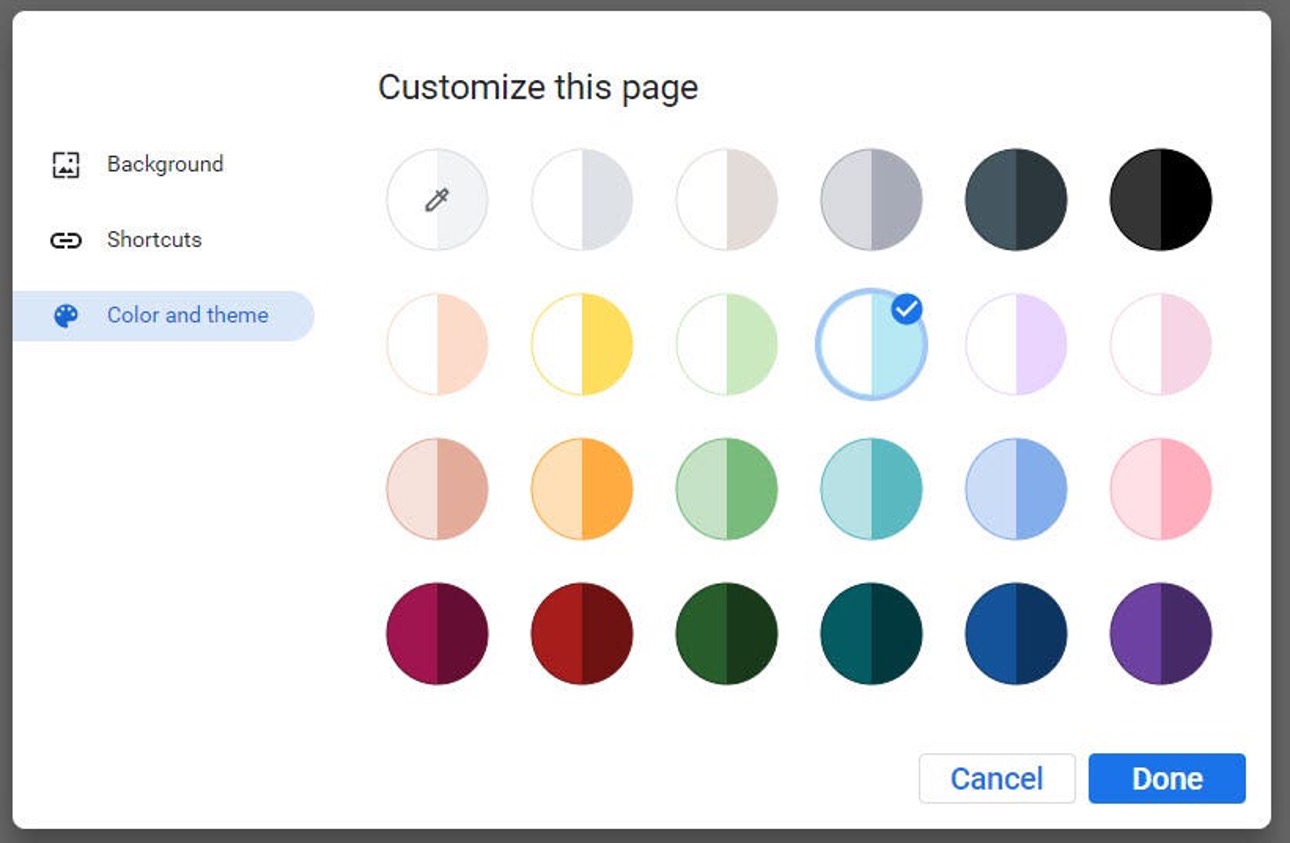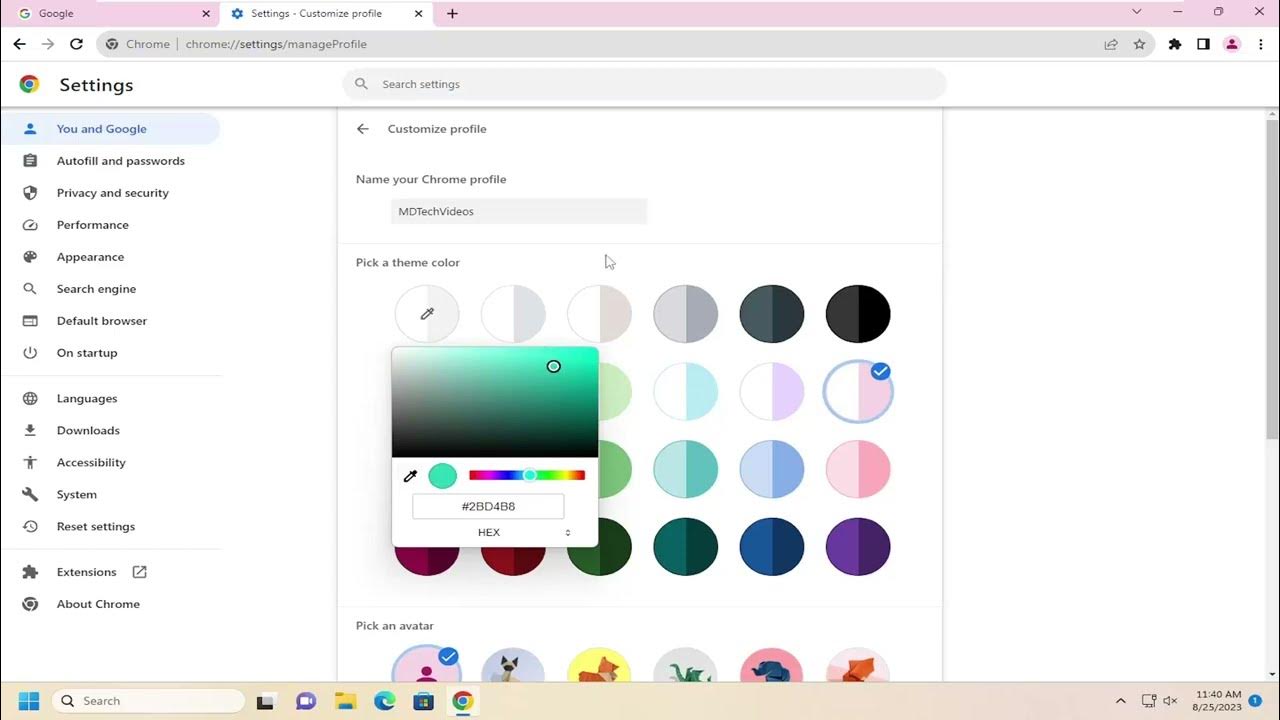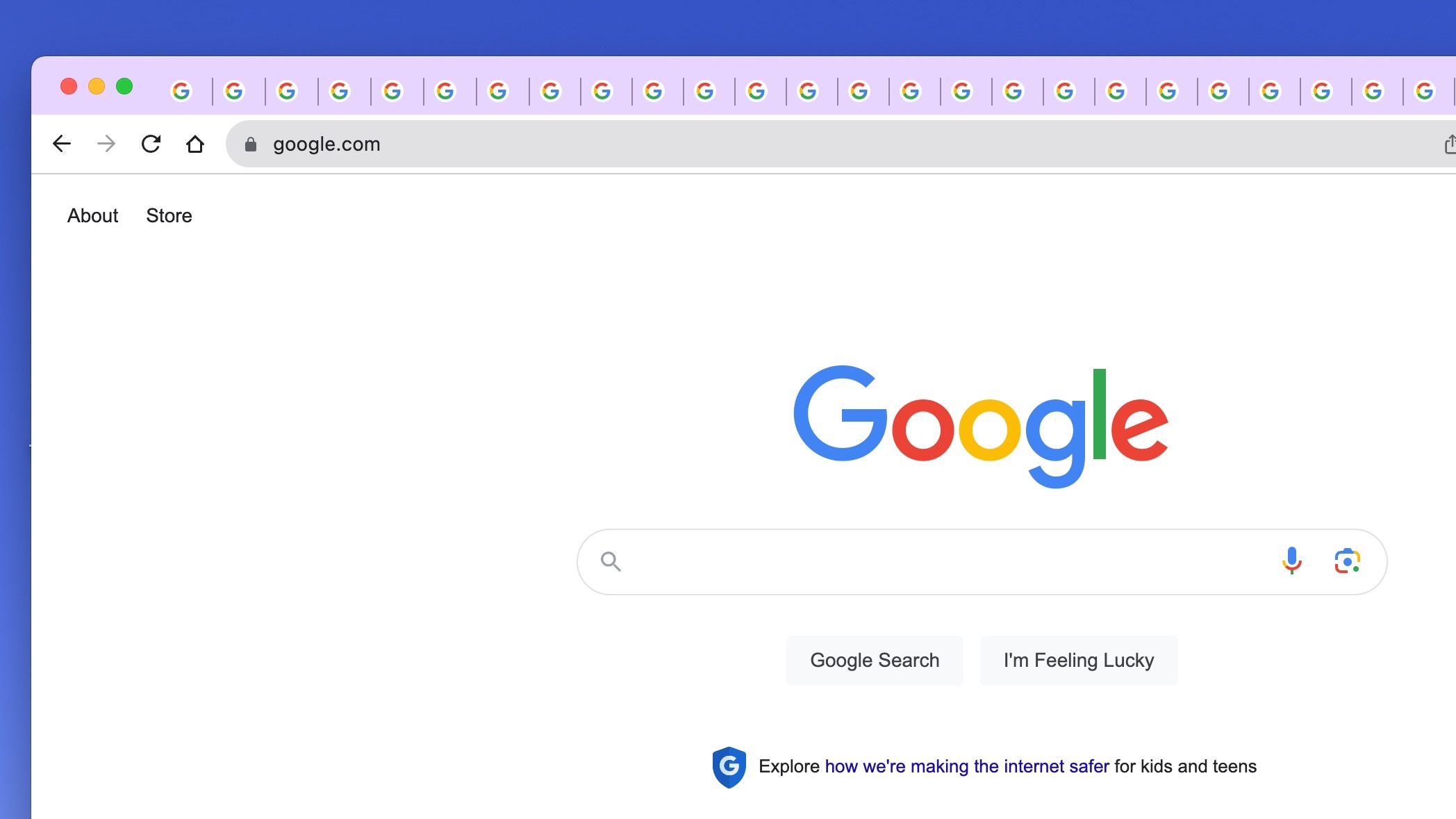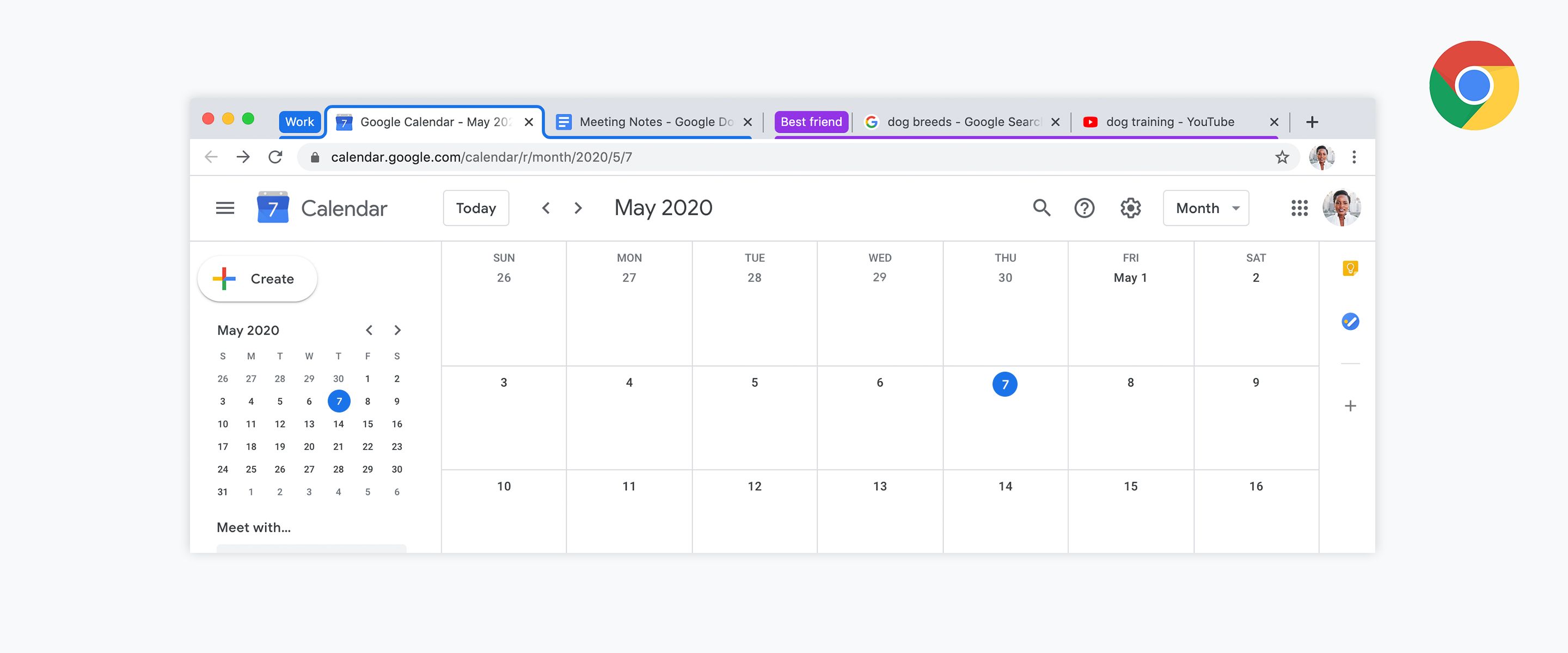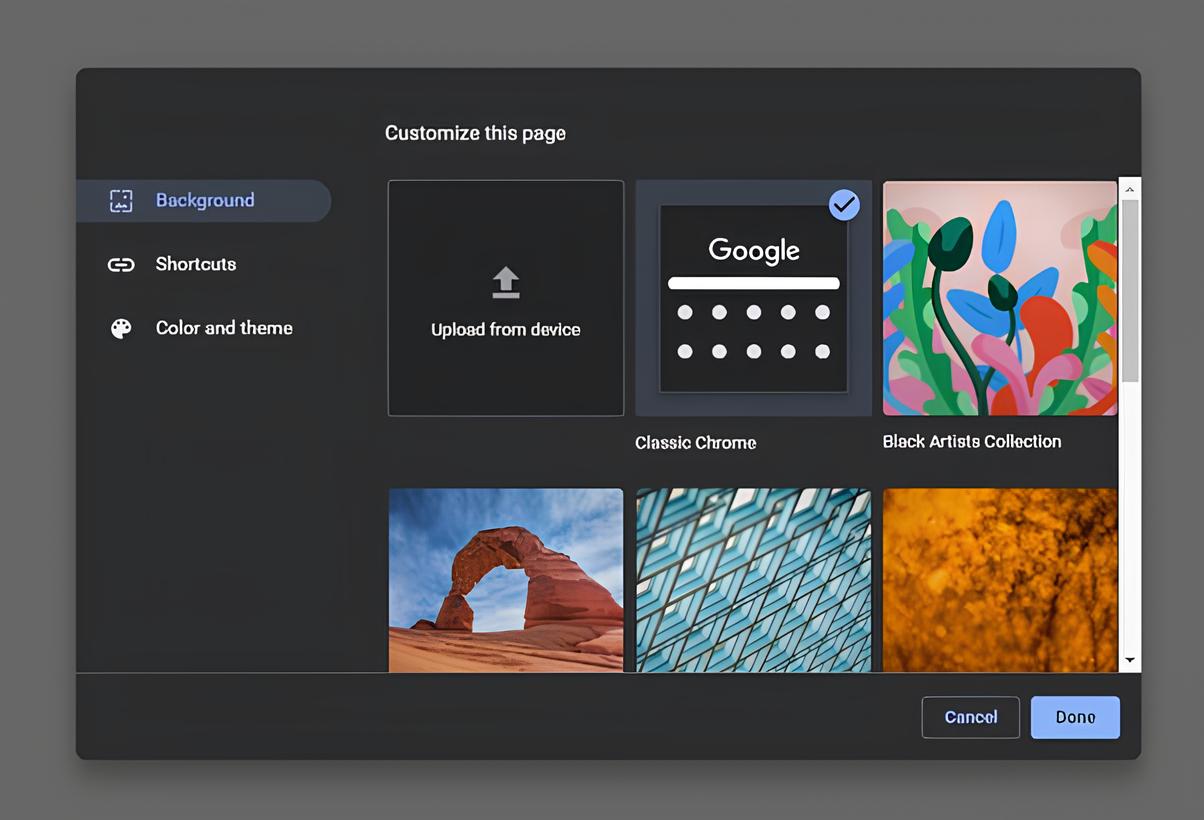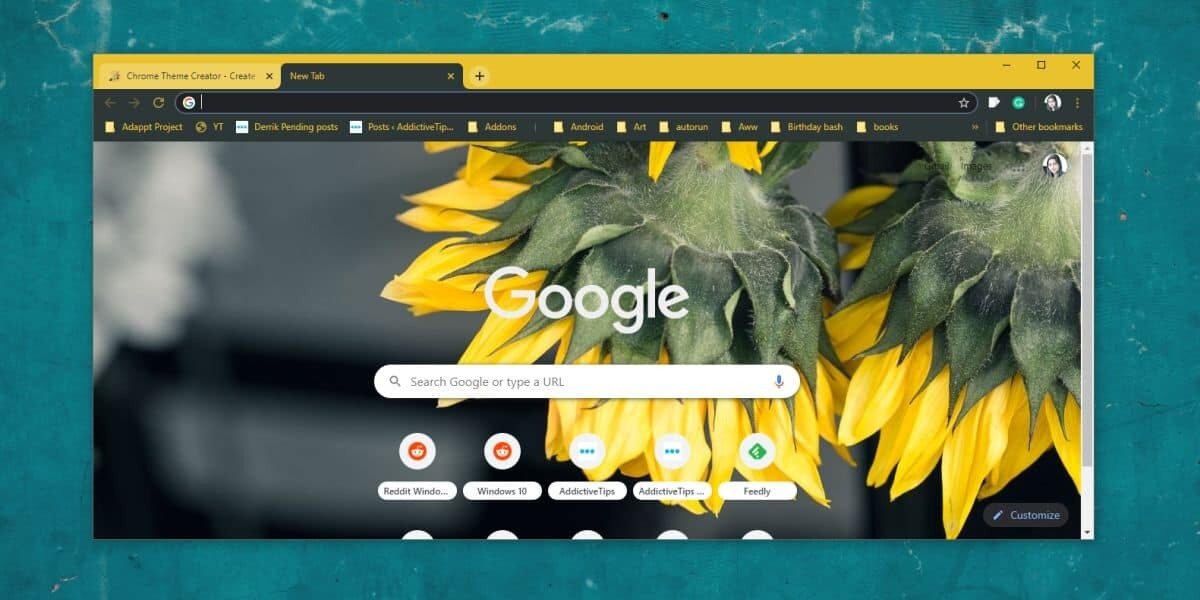Introduction
Changing the color of tabs in Google Chrome can breathe new life into your browsing experience. Whether you're looking to personalize your browser to match your favorite color scheme or seeking a visual cue to distinguish between different types of tabs, the ability to customize tab colors can significantly enhance your browsing experience. Fortunately, there are several methods available to achieve this, ranging from using Chrome extensions to leveraging developer tools or custom themes. Each method offers its own unique approach to transforming the appearance of your tabs, allowing you to express your individuality and tailor your browsing environment to your preferences.
In the following sections, we will explore three distinct methods for changing the color of tabs in Chrome. First, we'll delve into the world of Chrome extensions, which provide a user-friendly and versatile way to customize tab colors. Next, we'll uncover the power of developer tools, offering a more hands-on approach for those who are comfortable with a bit of coding. Finally, we'll explore the option of using custom themes to achieve a cohesive and personalized browsing aesthetic. By the end of this guide, you'll have a comprehensive understanding of how to infuse your browsing experience with a splash of color, making your tabs uniquely your own. Let's embark on this colorful journey through the realm of Chrome customization.
Method 1: Using Chrome Extensions
One of the most convenient and user-friendly methods for changing the color of tabs in Google Chrome is by utilizing Chrome extensions. These extensions are specially designed to offer a seamless and hassle-free way to personalize your browsing experience. With a plethora of options available in the Chrome Web Store, you can easily find an extension that suits your preferences and allows you to customize the color of your tabs with just a few clicks.
To get started, simply navigate to the Chrome Web Store and search for "tab color" or "tab customizer" to explore the various extensions tailored for this purpose. Once you've found an extension that catches your eye, simply click "Add to Chrome" to install it. After installation, the extension typically appears as an icon in the Chrome toolbar, providing quick access to its features.
Upon accessing the extension, you'll often find a user-friendly interface that allows you to choose from a wide range of colors or even create custom color schemes for your tabs. Some extensions also offer additional features, such as the ability to assign specific colors to tabs based on their content or domain, providing a practical way to visually organize your browsing sessions.
Furthermore, many tab color extensions offer the flexibility to adjust the intensity or transparency of the chosen colors, enabling you to fine-tune the appearance of your tabs to your exact preferences. This level of customization empowers you to create a browsing environment that not only reflects your personal style but also enhances productivity by visually distinguishing between different types of tabs.
In addition to color customization, some extensions may include extra functionalities, such as the option to add background images or patterns to your tabs, further elevating the visual appeal of your browsing experience. These additional features can add a touch of creativity and individuality to your browser, allowing you to express your personality through your customized tab colors.
Overall, leveraging Chrome extensions to change the color of tabs offers a straightforward and accessible way to infuse your browsing experience with a personalized touch. With a diverse selection of extensions available, each offering its own unique set of features, you have the freedom to explore and experiment until you find the perfect extension that aligns with your vision for your browsing environment. By incorporating a tab color extension into your Chrome browser, you can effortlessly transform the appearance of your tabs and create a visually captivating and tailored browsing experience.
Method 2: Using Developer Tools
For those who are comfortable delving into the technical aspects of web development, using Chrome's Developer Tools presents an intriguing method for changing the color of tabs in Google Chrome. Developer Tools offer a powerful suite of features that enable users to inspect, debug, and modify the structure and style of web pages, providing a hands-on approach to customizing the appearance of tabs.
To begin, open a new tab in Google Chrome and navigate to the website for which you wish to change the tab color. Once on the desired webpage, right-click on the tab and select "Inspect" from the context menu. This action will open the Developer Tools panel, revealing a wealth of information about the webpage's structure and styles.
Within the Developer Tools panel, navigate to the "Elements" tab, which displays the HTML and CSS code governing the webpage's appearance. Here, you can locate the specific CSS rules that dictate the styling of the tab. By identifying the relevant CSS classes or IDs associated with the tab, you can proceed to modify the color properties directly within the Developer Tools panel.
To change the tab color, locate the CSS rule responsible for defining the tab's background color. This may involve inspecting the parent elements of the tab to identify the precise CSS selector that targets the tab's appearance. Once identified, you can modify the color value within the CSS rule directly in the Developer Tools panel.
After adjusting the color value, you will immediately see the tab's color change reflected in the browser window, allowing you to visually assess the impact of your modifications in real time. This iterative process of inspecting elements, identifying relevant CSS rules, and making on-the-fly adjustments empowers you to experiment with different color schemes until you achieve the desired visual effect.
It's important to note that any changes made within the Developer Tools panel are temporary and specific to the current browsing session. If you wish to preserve your custom tab color across multiple browsing sessions, you can capture the modified CSS code and implement it as a user style sheet or consider creating a custom browser extension to apply the color changes consistently.
Using Developer Tools to change the color of tabs in Google Chrome offers a dynamic and interactive approach for those with an interest in web development and design. By leveraging the power of Developer Tools, you can gain a deeper understanding of the underlying structure and styles of web pages while exercising precise control over the visual presentation of tabs. This method provides a hands-on experience that allows you to directly manipulate the appearance of tabs, offering a unique avenue for personalizing your browsing environment.
Method 3: Using Custom Themes
Custom themes offer a captivating avenue for transforming the visual aesthetics of Google Chrome, including the color of tabs. By applying a custom theme, you can imbue your browsing environment with a cohesive and personalized look that extends beyond tab colors, encompassing various elements such as the browser frame, background, and overall visual style.
To begin, navigate to the Chrome Web Store and explore the extensive collection of custom themes available for installation. You can access the Chrome Web Store by clicking on the three-dot menu in the top-right corner of the browser window and selecting "Settings" from the dropdown menu. Within the Settings tab, navigate to the "Appearance" section, where you'll find the "Themes" option. Clicking on "Themes" will redirect you to the Chrome Web Store, where you can browse and select a custom theme that resonates with your preferences.
Once you've found a custom theme that captivates your attention, simply click on it to view more details and, if satisfied, click the "Add to Chrome" button to install the theme. After installation, the new theme will be applied to your browser, instantly transforming its appearance to reflect the selected theme's color palette and visual elements.
Custom themes often encompass a comprehensive overhaul of the browser's visual presentation, including the color scheme of tabs. Many themes feature harmonious color combinations that extend to the tab bar, allowing for a seamless integration of tab colors with the overall theme. This cohesive approach ensures that the color of tabs aligns with the broader visual identity established by the custom theme, creating a unified and visually appealing browsing experience.
Furthermore, custom themes may introduce additional design elements, such as custom tab shapes, background patterns, or subtle animations, further enhancing the visual allure of the browsing environment. These nuanced details contribute to a captivating and immersive browsing experience, elevating the aesthetics of tab colors within the broader context of the custom theme's visual narrative.
By leveraging custom themes to change the color of tabs in Google Chrome, you can effortlessly infuse your browsing experience with a personalized and visually captivating touch. The seamless integration of tab colors within the overarching theme's design language ensures a cohesive and harmonious visual presentation, allowing you to immerse yourself in a browsing environment tailored to your unique preferences and style.
Conclusion
In conclusion, the ability to change the color of tabs in Google Chrome presents a captivating opportunity to infuse your browsing experience with a personalized touch. Whether you opt for the user-friendly approach of Chrome extensions, the hands-on exploration offered by Developer Tools, or the comprehensive visual transformation facilitated by custom themes, each method empowers you to tailor the appearance of your tabs to align with your unique preferences and style.
By leveraging Chrome extensions, users can easily access a diverse array of options designed to streamline the process of customizing tab colors. These extensions not only offer a wide spectrum of color choices but also provide additional features, such as content-based tab coloring and transparency adjustments, allowing for a tailored and practical approach to tab customization.
For those inclined towards a more technical and interactive experience, Developer Tools offer a dynamic avenue for directly manipulating the appearance of tabs. This method provides a deeper understanding of web development and design principles while granting precise control over the visual presentation of tabs, making it an engaging option for users with an interest in exploring the intricacies of web page styling.
Furthermore, the allure of custom themes extends beyond tab colors, offering a holistic visual transformation that encompasses various elements of the browsing environment. By applying a custom theme, users can immerse themselves in a cohesive and personalized browsing experience, where the color of tabs seamlessly integrates with the broader visual narrative established by the selected theme.
Ultimately, the ability to change the color of tabs in Google Chrome transcends mere customization; it embodies the essence of personal expression and individuality within the digital realm. Whether you seek to create a visually captivating browsing environment, enhance productivity through color-coded tab organization, or simply infuse your browser with a touch of your personality, the methods explored in this guide provide a diverse and accessible toolkit for realizing your vision.
As you embark on your journey to transform the appearance of your tabs, remember that the power to personalize your browsing experience lies at your fingertips. Embrace the freedom to experiment, express yourself, and curate a browsing environment that resonates with your unique style. With the myriad of options available, each offering its own blend of convenience, creativity, and control, the canvas of your browsing experience awaits your vibrant strokes of color. Let your tabs reflect the hues of your imagination, and may your browsing journey be as vibrant and captivating as the colors that adorn your tabs.







